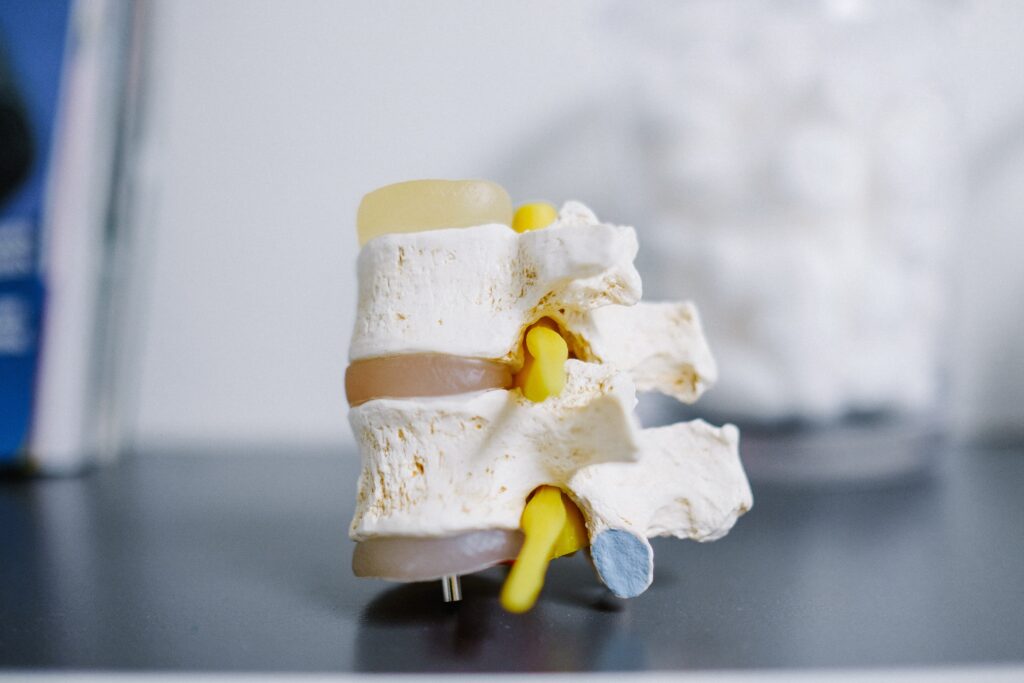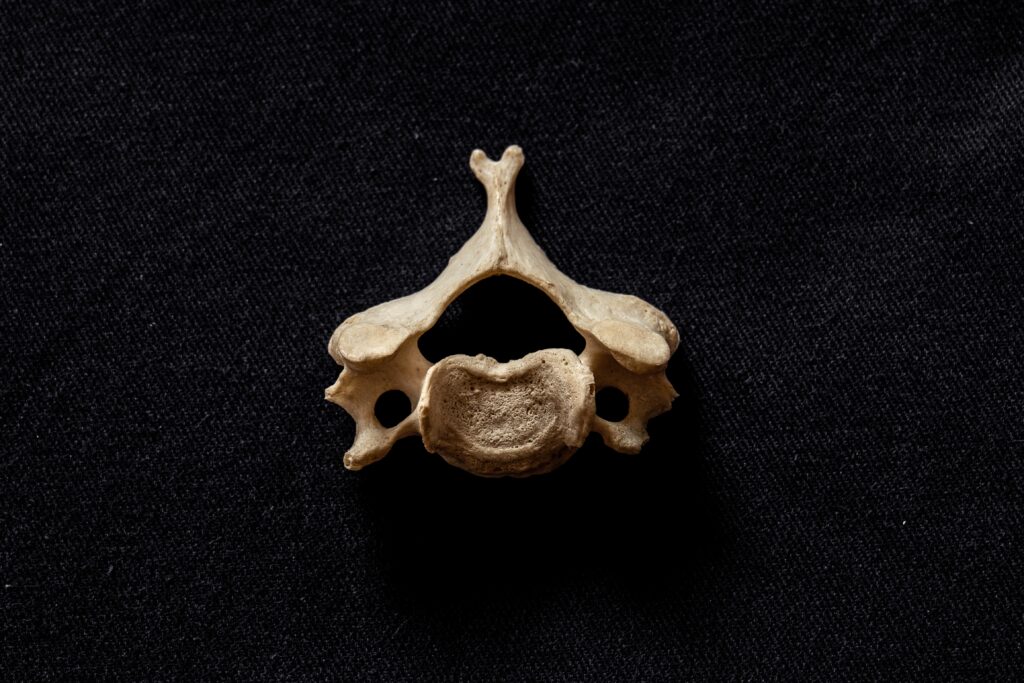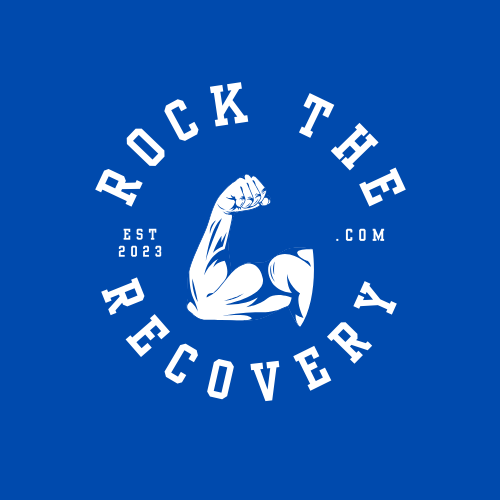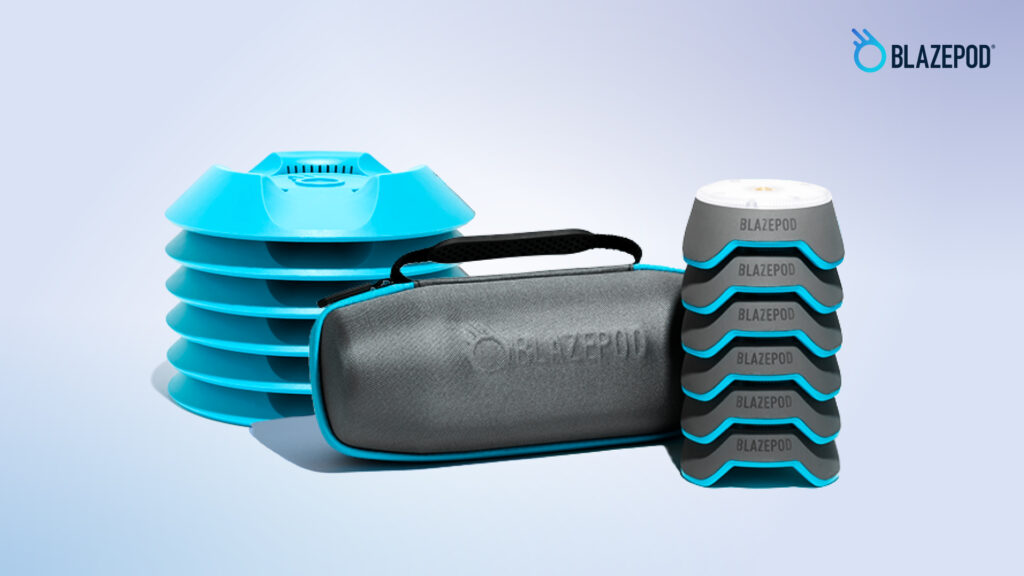During my time as a Physical Therapist in a rehab facility, I don’t know if a day goes by where I don’t hear: do not get old. As we age our body changes. Muscle physiology changes, joints are narrowing, and wearing out. Your posture is definitely not immune to these changes. In this article we will discuss how your spine is changing and what to do about it!
Anatomy:
When we talk about the spine it’s good to think of it as stacked joints one on top of the other. The spine houses the spinal cord which travels from your brain stem down through the spinal canal. In the picture below of the lumbar spine (low back) you can see the nerves that come out of each level here shown in yellow. The vertical yellow piece sticking up at the top is the spinal cord. Here you can note the small space that each nerve comes out from. To the left of the yellow nerves, you see white alternating with brown. The white each represent a vertebral level (spinal level) and the brown are the discs or cushioning between each level.

As we age, like any joint in our body, there are degenerative changes that occur. Our spine is not immune to these changes. There are multiple different “arthritic” changes that can happen to the joints surrounding the spine. The first two are very common and can have serious implications to your symptoms. This is because they directly impact the nerves.
Changes in the Spine:
As we age the discs – which are significantly fluid filled with a crab salad-like viscus material – start to dehydrate. This is called degenerative disc disease. This can become an issue in many ways, and a common one is what we call foraminal stenosis. Recall how small the hole is that the nerves come out from. This “hole” is really two spinal bones stacked on top of each other. As the disc shrinks in height this hole narrows. Now when you go to straighten up or extend back this closes this hole even further. This pinches on the nerve which becomes irritated and inflamed and this can cause pain along the back or the path of the nerve.
Radiating Symptoms:
This can also cause more than just pain. As these nerves become more aggressively pinched, they not only are irritated, they also stop working. Nerves in general are in charge of transporting two important bits of information. Feeling (sensory) information is sent from your skin through your nerves to the spinal cord and up to the brain to be analyzed. Muscle/movement (motor) commands are sent down from the spine from the brain through the nerve to the muscles in which that nerve is in charge of. So, when the nerve is pinched, be it from foraminal stenosis, sig disc herniation, or some of the other diagnosis we will talk about, a number of issues can arise. These can include paresthesia (numbness), paralysis (weakness), and radiating pain. Undoubtedly all reasons to go and see your physician or or PT.
Another serious issue which can cause these issues is what we call spinal stenosis. Stenosis, as you can maybe gather, means narrowing. In this instance we are discussing the spinal cord.With stenosis in the spinal cord we are no longer pinching just one level of nerves, but instead possibly impeding on everything that happens below where the stenosis is occurring. If serious enough it can cause bowel and bladder incontinence, and even paraplegia in serious cases. However, most serious cases are caused by significant trauma, cancer, etc. Typical cases are caused from degenerative changes, and/or bone spurs. Below we can see a picture of cervical (neck) vertebrae as seen from above. The large black space in the middle houses the spinal cord. In cases of spinal stenosis, this space is narrowed or impeded on.

Posture:
Degenerative disc disease can cause postural changes as well. The rounded mid back you see in older adults is called kyphosis. Additionally, as your head begins to migrate forward, this is called forward head posture. Secondary issues from these changes are also problematic. First, decreased range of motion in the spine may become evident. Second, you have additional strain of the muscles as keeping your head looking upward is becoming exponentially more difficult. Lastly, it puts you at higher risk for other issues, including compression fractures.
How can we Avoid These Postural Changes?
Ultimately, the best thing you can do to prevent postural changes from happening is to start prevention at a very young age. Your body does what it is asked to do and having that expectation early on is a great start. However, for the rest of us who were not provided such a great start we have our work cut out for us. This does not mean it’s impossible. As we get older the changes above can sometimes work against us to prevent us from improving our situation.
If you recall earlier on in the article, we discussed how discs can shrink. This is the primary cause why we lose height as we age. With that came less space for nerves in your back. Now you are trying to focus on your posture which in most cases is going to focus on extending backwards. At that point you feel an “ouch”! If you have back pain regularly, and it hurts to bend backwards, you likely want to avoid heavy or prolonged stretching back. If this is the case, you’ll want to focus on strengthening and stabilizing the joints. Also, maintain good spinal health.
Here is a list of some options (once cleared by your Physician):
- Physical Therapy therapeutic exercise.
- Making sure that you maintain and stretch daily be it yoga, or just a few exercises your PT gave you.
- Consider water walking, or water aerobics as the buoyancy aids in unweighting your spine allowing for greater stretching/movement.
- Avoid activities that flare up your pain in your back as this will make it more difficult to work on your posture.
- Walking or other exercises are very good toward strengthening your spine. These include cardiovascular or strength training.
- Keep your spine healthy by staying hydrated, avoid inflammatory foods, and lower the strain on your back by maintaining a healthy weight.
- Make sure that you have good corrective vision options so that you are not bending forward for prolonged periods and use supportive chairs. Ergonomics matter.
- If you have more progressive postural changes make sure to lay down on your back and stretch/decompress back during the day.
For those who are not dealing with pain from degenerative changes, you’ll want to focus on all the above tips as well. However, incorporate extension (backward) stretching as well as tolerated.
Wrap up:
Gravity is a strong force to fight throughout decades of life. In slouched forward head posture, it’s crucial to recognize that every inch your head moves forward elicits an additional roughly 10 pounds of downward force that your body needs to counteract. Preventing, stopping, or slowing the progression of bad posture could be crucial to your quality of life in later years. Maintain the above tips and you could not only keep yourself upright, but possibly out of pain as well.
Please follow Rock the Recovery on social media with via the links on the left side of your screen. Please share any feedback you have; we always appreciate it.



